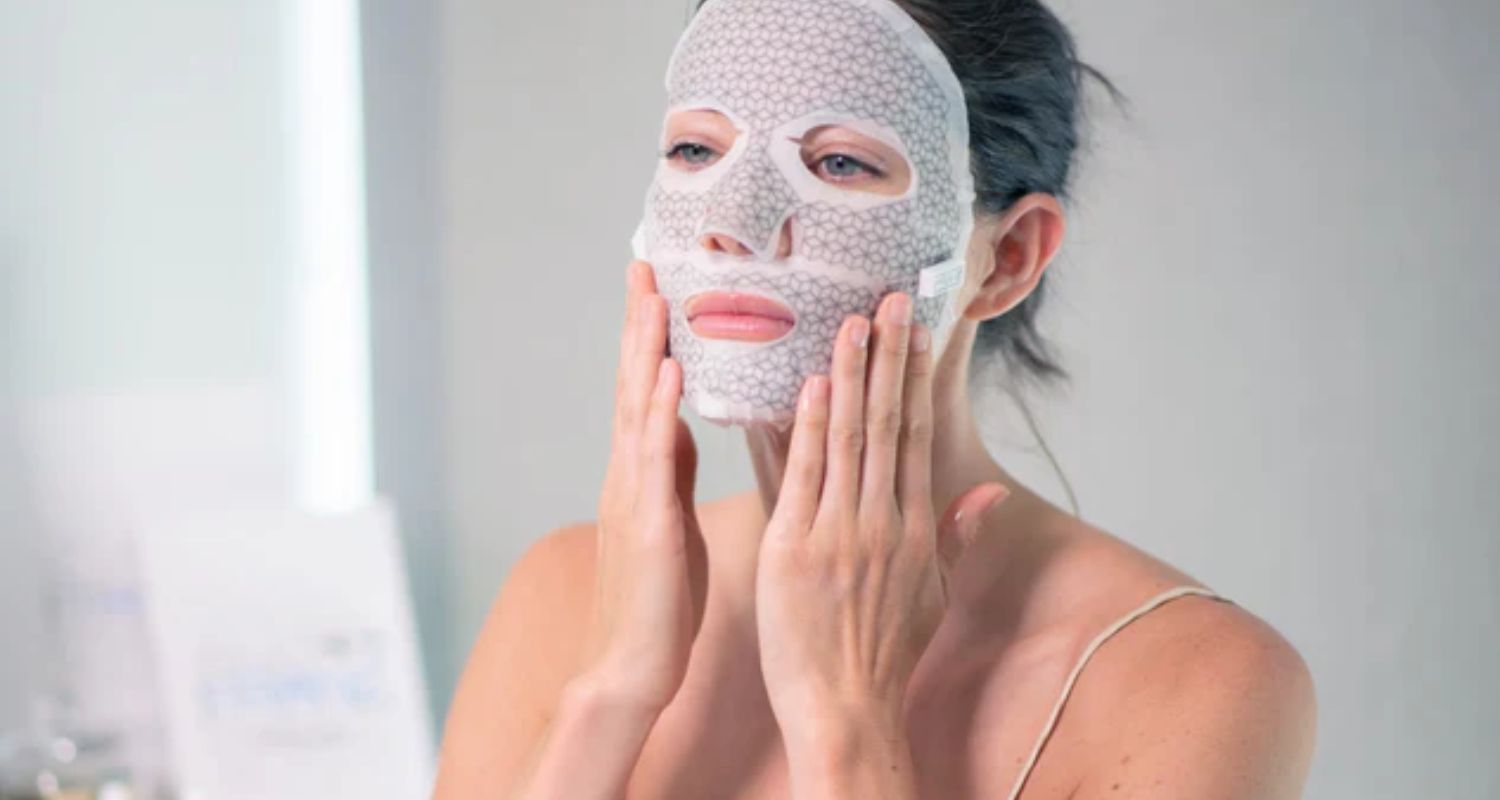2024 has been a year of innovation where technology has transformed the beauty industry. From devices that zap pimples with electricity to LED skincare tools, beauty tech has become a major trend embraced by celebrities and influencers worldwide.
One such breakthrough gaining attention is microcurrent therapy. Celebrities like Khloé Kardashian and Jennifer Aniston swear by these treatments for their sculpting effects and radiant "glass skin."
If investing Rs 30,000–Rs 40,000 in an at-home device feels steep, salons now offer microcurrent facials for Rs 2,000–Rs 5,000. But what exactly are these facials, and should you try them?

From medical origins to beauty must-have
Microcurrent technology started in the 1980s as a treatment for facial paralysis. Its aesthetic benefits were later discovered, making it a favourite in the beauty world. Today, microcurrent facials are marketed as a non-invasive way to tone facial muscles, improve skin texture, and delay aging.
Thanks to social media and celebrity endorsements, the popularity of these facials has skyrocketed.
What happens during a microcurrent facial?
Microcurrent facials use low-level electrical currents to stimulate facial muscles and skin cells, often described as a "workout for your face." According to dermatologists, the process boosts cellular energy (ATP), leading to:
- Immediate benefits: Lifted features, reduced puffiness, and glowing skin.
- Long-term benefits: Improved muscle tone, firmer skin, better texture, and delayed fine lines
Also Read: Can AI meditation apps replace human guides?
At-home vs. professional treatments
- Professional facials: Use advanced devices for noticeable results.
- At-home devices: Suitable for maintenance but less powerful.
- For the best outcomes, dermatologists recommend a phased approach:
- Initial phase: 1–2 sessions weekly for 6–8 weeks.
- Maintenance phase: Once every 4–6 weeks.
- Combination therapy: Pair with RF or hydrafacials for enhanced results.
Risks and side effects
While generally safe, microcurrent facials may cause temporary redness, mild irritation, or a metallic taste. People with pacemakers, epilepsy, or certain skin conditions should avoid them.
Microcurrent facials combine science and skincare, offering a gentle and non-invasive way to refresh your appearance. However, their effects are temporary, and consistent treatments are necessary for lasting results.
For long-term benefits, pair these facials with a healthy lifestyle and consult an expert to design a treatment plan tailored to your skin needs.
Also Read: Weight loss drugs also cause bone and muscle loss


